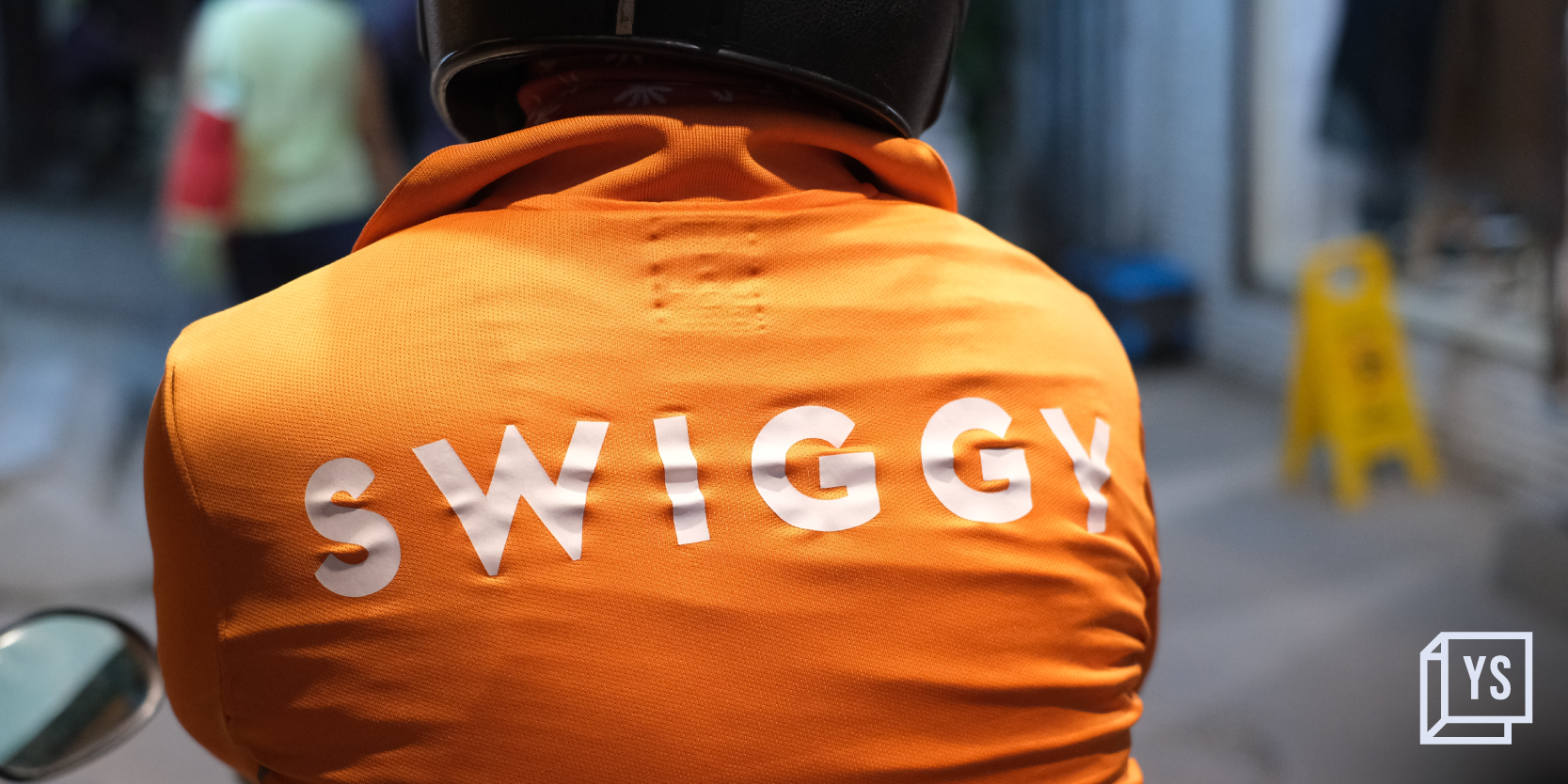[YS Learn] The most exciting days are ahead of us: Sanjot Malhi of Matrix Partners India on the rise of consumer tech
Sanjot Malhi, Matrix Partners India Director and Lead of Consumer Investments, discusses the possibility of more business models emerging in India, the key ingredients of a winning pitch, and how the startup ecosystem has matured.
With COVID-19 accelerating the consumer shift to online retail and the rise of direct-to-consumer (D2C) brands, more viable and unique-to-India business models are likely to emerge, Sanjot Malhi, Director and Lead of Consumer Investments at Matrix Partners India, says in an interview with YourStory.
Malhi, whose current investments include brands such as &ME, Country Delight, The Whole Truth, Mosaic Wellness, OZiva, Open Secret, loan app YeLo and gaming startup Zupee, also talks about what he looks for in a pitch from a founder and how the startup ecosystem has matured in India.
A graduate of BITS Pilani, Malhi completed his MBA from Yale University and has experience in 15 industries, including consumer goods, information technology, financial services, and healthcare, and has worked in India, the US, and Europe. He has been involved in mergers and acquisitions, performance improvement, market entry, and go-to-market execution, setting up businesses.
Edited excerpts:
YourStory (YS): What do you look for in a pitch from startups across stages?
Sanjot Malhi (SM): There are four elements I look at. The first is the founder and founding team, and this is important across all stages of funding. But the earlier the stage of investment, the more important the founding team becomes.
The next things are market size, growth, and what is the target market they are looking at.
The third is the product or service they are offering: Is it truly differentiated? Is it a step up from whatever is available in the market today? The proverbial 10X product is what we look at.
And then the business model: Can they make sustainable profits? Cash flows over the long term and leading indicators of that, like unit economics, profitable and organic growth.
There is no right or wrong pitch — each one is as unique as a snowflake.
YS: What do you look for in a founder?
SM: When you are evaluating a founder for a pitch, it is part art and part science. You try to make it as scientific as possible, as you want to make it a repeatable and scalable model of investing. We look for intrinsic capability and extrinsic domain knowledge.
Intrinsic things are those that define your personality: emotional intelligence, strategic thinking, IQ, the ability to hire and retain people, hunger to build something large, ambition, ability to work hard, and drive.
Extrinsic things are simpler. We look at domain know-how, technology capability, résumé-related skills. Do you have the capability and understanding?
YS: What advice would you give founders?
SM: Being an entrepreneur is a tough journey. It is a learning I have had as an investor. If you are doing something, make sure it is your life’s work. Make sure it’s the intersection of your passion, skill set, and the opportunity you want to solve for the world. If it isn’t something sustainable or enjoyable, don’t do it.
YS: The pandemic has also seen an acceleration in consumer brands’ shift to online and the rise of direct-to-consumer (D2C) brands. What’s your take?
SM: I had started the consumer sector at Matrix Partners India close to four years back, so our focus has been a little older. India is unique in many ways; we are a consumption-driven economy. Close to 60 percent of our GDP is domestic consumption; this makes it a great opportunity for brands to exist in India. Traditionally, most consumer brands haven’t been associated as venture-fundable businesses. But my thesis was that three things were changing:
- The middle income journey is starting. We are seeing $2,000 of GDP per capita, marking the start of the middle income journey. Also, you see a lot of exponential growth in disposable income, up until $8,000-10,000 of GDP per capita.
- Internet penetration has exploded in India and it is the only country where internet penetration has preceded economic growth. While a relatively lower and middle-income country, we have over 600 million people on the internet, which means they have global aspiration. There is a unique access and aspiration gap.
- There is a consumption behaviour shift, as we have more than 800 million millennials and Gen Z people. They make up 55 percent of the workforce. This means they have spending power and are digital natives.
When you put all three together, then the D2C thesis makes sense. You can create disruptive brands that can challenge the monopolies of the Unilevers of the world by focusing on online distribution.
The most exciting days are ahead of us. While we have over 600 million people online, the ecommerce penetration is still 3-4 percent. The spend is only $30 billion, and even if we take a conservative estimate of 20 percent — the penetration of the US market — in the next 10 years, that is over half a trillion dollars of online spends.
So the most viable business models and unique-to-India business models are yet to come. The consumption upgrade will continue to happen, mobile gaming will grow exponentially, and healthtech and wellness will continue to grow.
YS: What have your core learnings been from 2020 and what shifts do you see in the startup ecosystem?
SM: There are a lot of changes. From a macro consumer perspective there are behavioural shifts. Work from home or studying from home has impacted consumption online. There has been a growth of ecommerce penetration, a dramatic increase in content consumption, which we see even in the gaming sector and in video consumption.
So, there has been a dramatic shift. But how much of this will sustain once things open up and how much will go back to normal are yet to be seen. Having said that, I do think there have been some fundamental structural shifts that we will continue to see. The opening up of cities also is happening more gradually, so businesses too are shifting and changing.
Also, whenever a product or service is truly differentiated and a behavioural shift has taken place, people won’t go back to their old ways. Despite the pain of the pandemic, the tech industry has seen a big push. It has also helped mature the startup and tech ecosystem in India.
It has accelerated the shift that was already happening towards profitability. I think soon we will have several tech companies that can launch IPOs (initial public offerings) — whether they choose to do this in the next 12 months is yet to be seen. Now the startups are looking further ahead to becoming sustainable, long-term public companies.
Edited by Lena Saha






![[YS Learn] The most exciting days are ahead of us: Sanjot Malhi of Matrix Partners India on the rise of consumer tech](https://images.yourstory.com/cs/2/a9efa9c02dd911e9adc52d913c55075e/Image56u5-1613030016298.jpg?mode=crop&crop=faces&ar=2:1?width=3840&q=75)




![[Startup Bharat] How Jharkhand-based LFYD is helping local businesses compete with retail giants](https://images.yourstory.com/cs/2/70651a302d6d11e9aa979329348d4c3e/Lfyd-1631173429675.png)
